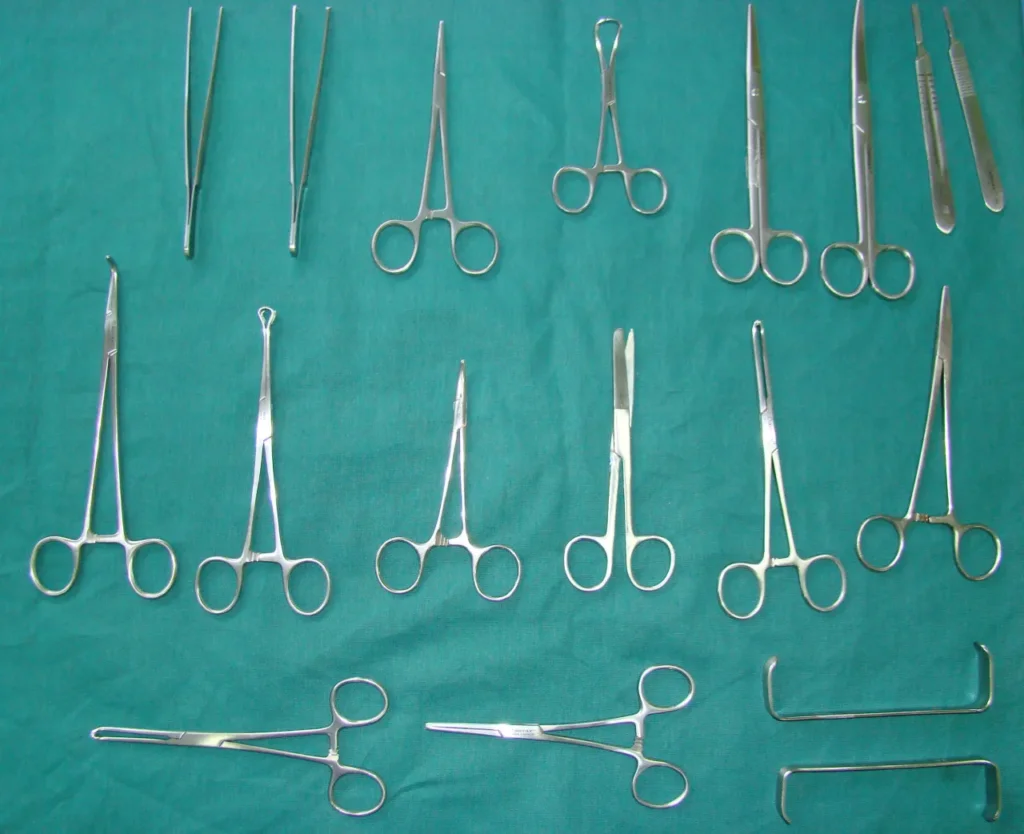Understanding Single-Use Surgical Instruments
In the modern healthcare landscape, single-use surgical instruments have become a vital component in ensuring patient safety and operational efficiency. Designed for one-time use only, these instruments offer numerous benefits over their reusable counterparts. This article explores the advantages of single-use surgical instruments, their applications, and key considerations for their use.
Benefits of Single-Use Surgical Instruments
1. Enhanced Hygiene and Infection Control
One of the primary advantages of single-use surgical instruments is their role in maintaining high hygiene standards. Unlike reusable instruments, which require rigorous cleaning and sterilization between uses, single-use instruments are disposed of after a single procedure. This eliminates the risk of cross-contamination and reduces the potential for healthcare-associated infections (HAIs). For procedures where sterility is paramount, such as surgeries involving open wounds or implants, single-use instruments provide an added layer of safety.
2. Reduced Risk of Cross-Contamination
Single-use instruments are manufactured and packaged in sterile conditions, ensuring they remain free from contaminants until opened. This is particularly crucial in environments where infection control is a significant concern, such as during emergency surgeries or in outpatient settings. By using single-use instruments, healthcare providers minimize the risk of transmitting pathogens between patients, contributing to better overall patient outcomes.
3. Cost-Effective for Certain Settings
While single-use instruments can be more expensive per unit compared to reusable ones, they can be cost-effective in specific contexts. For example, in facilities with limited access to sterilization equipment or where high turnover of instruments is required, single-use instruments eliminate the need for costly sterilization processes and reduce labor associated with cleaning. Additionally, they help avoid expenses related to instrument repair and maintenance.
4. Convenience and Availability
Single-use Single use surgical instruments are often readily available and can be quickly sourced from suppliers. This ensures that healthcare facilities have the necessary tools on hand without the need for extensive inventory management or procurement delays. The convenience of having pre-sterilized, ready-to-use instruments is particularly beneficial in high-pressure environments where time and efficiency are critical.
5. Elimination of Reprocessing Risks
The reprocessing of reusable surgical instruments involves several stages, including cleaning, disinfecting, and sterilizing. Each stage carries risks of incomplete decontamination or damage to the instruments, which can compromise their effectiveness. Single-use instruments eliminate these risks, as they do not require reprocessing and are used only once, ensuring they are in optimal condition for each procedure.
Applications of Single-Use Surgical Instruments
Single-use surgical instruments are widely utilized across various medical procedures and settings. Some common applications include:
1. Minor Surgical Procedures
For minor procedures, such as outpatient surgeries or routine diagnostic procedures, single-use instruments offer a practical solution. They ensure that even small-scale operations benefit from the same level of hygiene and safety as more complex surgeries.
2. Emergency Situations
In emergency settings, where rapid response is crucial, single-use instruments provide an immediate solution without delays associated with sterilization. They are particularly useful in trauma care, where the need for quick and sterile instruments can be critical.
3. Ambulatory and Day Surgery Centers
Facilities specializing in ambulatory and day surgeries often rely on single-use surgical retractors in the UK to streamline operations and maintain high hygiene standards. These retractors support efficient turnover between patients and contribute to a safer surgical environment. Their single-use nature ensures that each retractor is sterile and free from contamination, which is crucial for maintaining the highest standards of patient care and infection control.
4. Laboratories and Diagnostic Procedures
Single-use instruments are also employed in laboratories and diagnostic settings where sterility is required. For instance, single-use biopsy forceps and specimen collection tools are used to prevent contamination of samples and ensure accurate test results.
Considerations When Using Single-Use Surgical Instruments
1. Environmental Impact
The disposal of single-use instruments contributes to medical waste, which raises environmental concerns. To mitigate this impact, healthcare facilities should explore options for recycling or responsible waste management. Some manufacturers offer eco-friendly single-use instruments designed to minimize environmental harm.
2. Cost Management
While single-use instruments offer benefits, their cost can add up, particularly for large-scale operations. Healthcare providers should assess their usage patterns and explore cost-effective solutions, such as bulk purchasing or supplier agreements, to manage expenses effectively.
3. Quality and Compliance
Ensuring the quality and compliance of single-use instruments is crucial. Healthcare facilities should source instruments from reputable manufacturers that adhere to regulatory standards and quality assurance processes. Instruments should be certified and meet relevant safety standards, such as CE marking or FDA approval.
4. Training and Handling
Proper training for healthcare staff on the use and disposal of single-use instruments is essential. Ensuring that staff are familiar with the correct handling procedures helps maintain safety and efficiency during medical procedures.
The Future of Single-Use Surgical Instruments
The market for single-use surgical instruments continues to evolve, with ongoing innovations in materials and design. Manufacturers are developing instruments with enhanced functionality, such as improved ergonomics and advanced coatings that reduce friction and enhance performance. Additionally, there is a growing focus on sustainable practices, with the introduction of biodegradable or recyclable single-use options.
Summery
Single-use surgical instruments play a crucial role in modern healthcare, offering enhanced hygiene, reduced risk of cross-contamination, and convenience. While they present some challenges, such as environmental impact and cost considerations, their benefits in maintaining patient safety and operational efficiency are significant. As the healthcare industry continues to advance, single-use instruments will remain an essential component of safe and effective medical practice.

